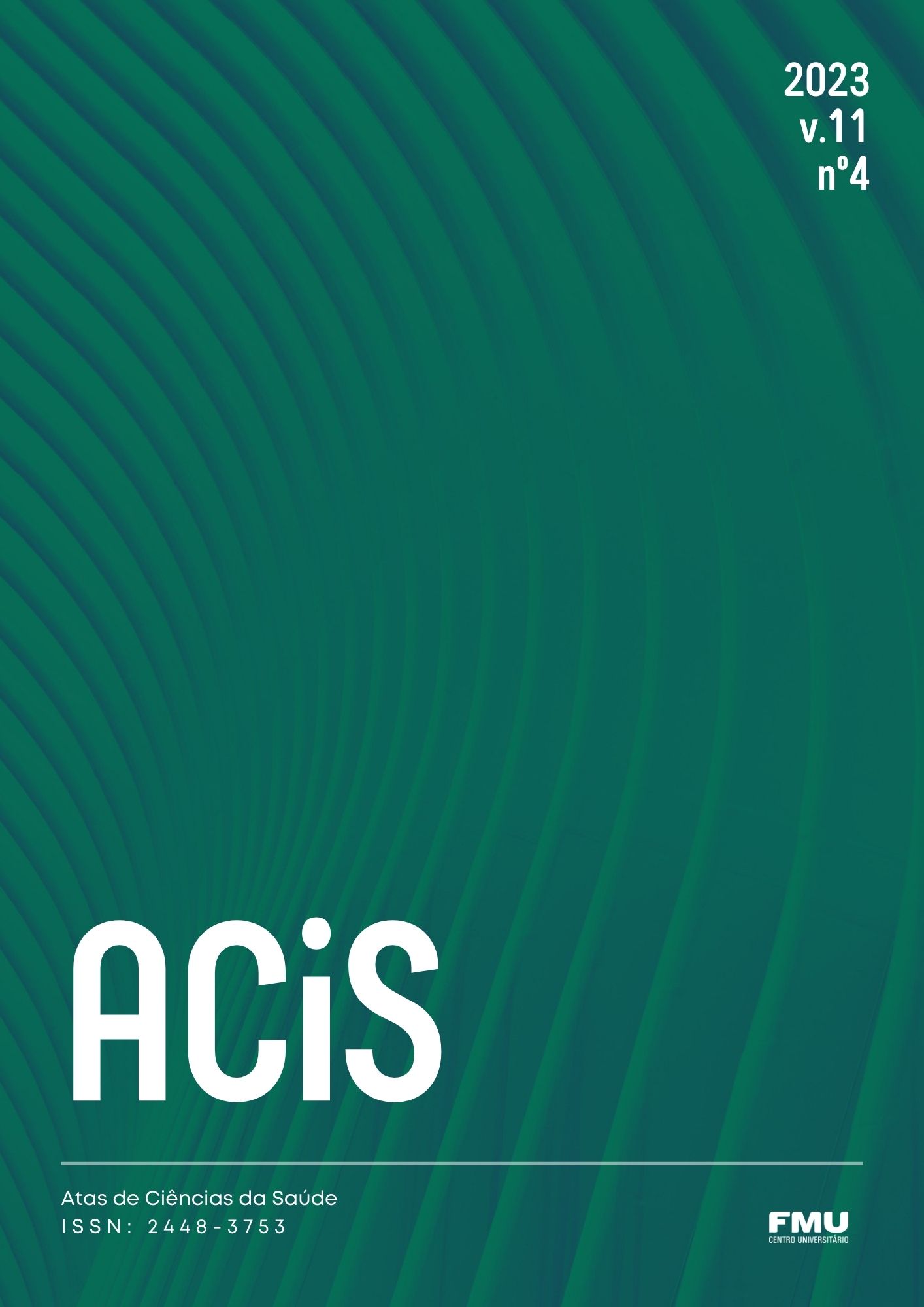Inhibitory Factors of Quorum Sensing and its Relationship with Biofilm
Abstract
Quorum sensing is the cellular communication system widely used in nature responsible for the expression of virulence factors, resistance and biofilm formation in environments that demand higher bacterial prevalence. This bacterial communication, present in biofilms, is also frequently found in patients with chronic diseases. Evaluating the inhibitory factors of Quorum sensing and biofilm production was the objective of the present study, in which it seeks to evaluate the therapeutic potential of the inhibition of the respective mechanisms, as well as the potential performance in the treatments already used. The enzymes AHL-lactonases and AHL-acylases were identified that act as inhibitors capable of limiting the release of signals, through the cleavage of released molecules or through competition for membrane receptors. On the other hand, quorum sensing antagonist enzymes were also identified, which are halogenated furanones that act in the displacement of molecules and preventing the functioning of the released signals. It can be concluded that the specific treatment can generate a positive impact on the patient, helping the effectiveness of the treatment and facilitating the patient's recovery.
Downloads
Published
Issue
Section
License
Copyright (c) 2023 Vinícius Freitas de Oliveira, Charlotte Cesty Borda de Saenz

This work is licensed under a Creative Commons Attribution-NonCommercial 4.0 International License.
Autores que publicam nesta revista concordam com os seguintes termos:
- Autores mantém os direitos autorais e concedem à revista o direito de primeira publicação, com o trabalho simultaneamente licenciado sob a Licença Creative Commons Attribution que permite o compartilhamento do trabalho com reconhecimento da autoria e publicação inicial nesta revista.
- Autores têm autorização para assumir contratos adicionais separadamente, para distribuição não-exclusiva da versão do trabalho publicada nesta revista (ex.: publicar em repositório institucional ou como capítulo de livro), com reconhecimento de autoria e publicação inicial nesta revista.
- Autores têm permissão e são estimulados a publicar e distribuir seu trabalho online (ex.: em repositórios institucionais ou na sua página pessoal) a qualquer ponto antes ou durante o processo editorial, já que isso pode gerar alterações produtivas, bem como aumentar o impacto e a citação do trabalho publicado (Veja O Efeito do Acesso Livre).





